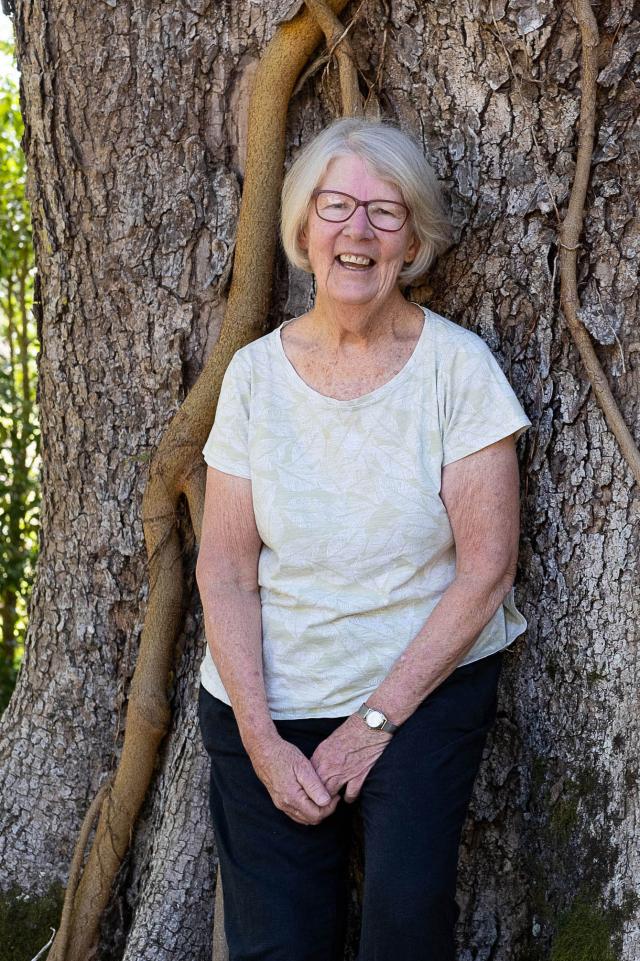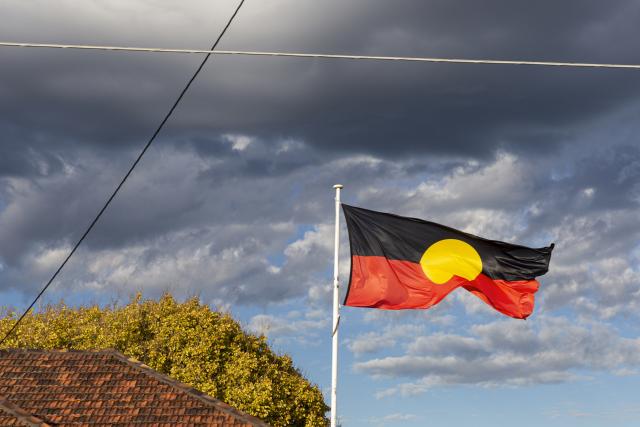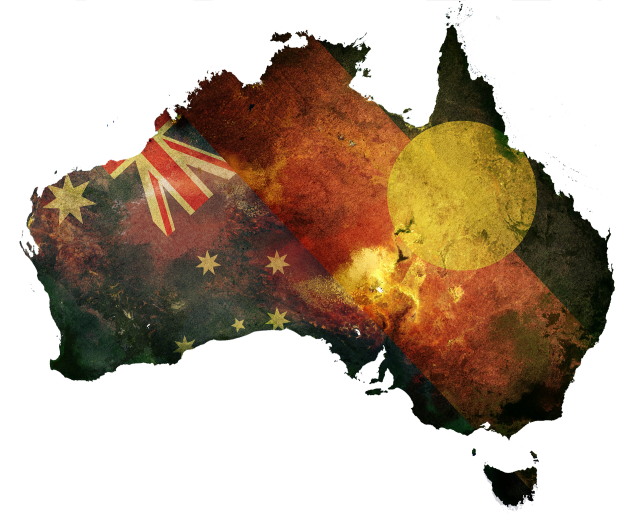David McCready (Letters 22 June) asks why an Indigenous Voice to Parliament is required to be enshrined in the Constitution when there are existing mechanisms for Indigenous input, such as the National Indigenous Australians Agency (NIAA).
To my mind, the answer is simple. A Constitutional Voice would permanently enshrine the right to be consulted. In contrast, even a cursory review of history shows that since 1973, a variety of Indigenous consultation models have been established at the whim of a particular governing party, and have been disbanded when such consultative bodies did not comply with the expectations of their political master, whether of the left or the right.
I do not claim deep historical expertise, and nor do I claim to speak on behalf of First Nations’ peoples. However the following brief record of previous consultative bodies explains why I will be voting Yes for the Voice which will establish a clear and permanent right to consultation embedded in the Constitution.
In 1973, the Whitlam Labor government established the National Aboriginal Consultative Committee (NACC). Once elected, the Fraser Liberal government threatened to cut off funds to the body if it did not behave as “advisory” and in 1977 abolished the NACC and created its own National Aboriginal Conference.
Rather than being empowered with a broad mandate to speak on important issues, NAC’s charter only allowed it to consider questions referred to it by the minister.
After the Hawke Labor government won government in 1983, Minister Clyde Holding strongly supported land rights legislation. However, due to strong pressure from the WA mining and pastoral lobby, the Hawke government did not proceed with this measure. The NAC openly opposed Hawke’s back down and in July 1983, Labor announced an inquiry into NAC. Unsurprisingly, in 1985, the report commissioned by Minister Holding recommended the abolition of the NAC in its entirety.
In 1986, Gerry Hand, recommended the creation of a new body to advise the government, the Aboriginal and Torres Strait Islander Commission (ATSIC), which Labor established in 1989.
The Liberals under John Howard cut budgets for organisations funded through ATSIC, and John Howard claimed that “ the experiment in elected representation for Indigenous people has been a failure“. However, a report by Social Justice Commissioner Tom Calma in 2008, concluded that “government rarely sought advice from ATSIC and rarely adopted it when it was offered”.
In 2004, with the support of Labor, Howard abolished ATSIC and announced it would be replaced by an “appointed advisory body of distinguished Indigenous people”. The National Indigenous Council ran from 2004 to 2008 but had little support from Indigenous Australians. In 2013, the then Prime Minister Tony Abbot established the Prime Minister’s Indigenous Advisory Council, with an advisory role to provide advice to government on Indigenous affairs.
Come 2019 and the National Indigenous Affairs Agency is created.
To return to David McCready’s question, there are several fundamental differences between the Voice and the NIAA, according to the RMIT Fact Checking site.
Firstly, the NIAA is an internal agency accountable to the executive government.
The proposed Voice, on the other hand, is an independent body that sits outside of both the executive and parliament. Secondly, the NIAA can only advise the executive government, while in contrast the proposed Voice can advise both the executive and parliament. Thirdly, the NIAA is not an entirely Indigenous organisation, whereas the proposed Voice would be composed entirely of Aboriginal and Torres Strait Islander peoples.
Lastly, like so many before it, the NIAA can be abolished by an executive order, while the proposed Voice would have its existence guaranteed by being enshrined in the Constitution.
I hope this brief review helps Mr McCready with his question.









